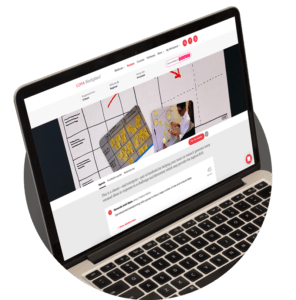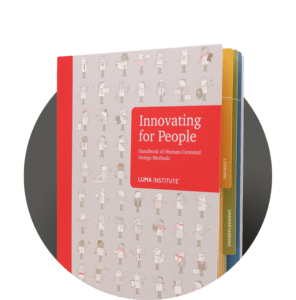Method overview
People have been putting pen to paper in daily diaries for centuries as an act of reflection, confession, or documentation. As a research method, Journaling is a powerful way to learn about the inner workings of people as they document their personal experiences with a particular product or issue. In contrast to activities that require face-to-face interaction, journaling is done privately, typically over the course of days or weeks. This allows time for deliberative reflection that other methods may not. Often people will share greater detail about their feelings and opinions when they do not have to do it in person, yielding very thoughtful and thought-provoking responses.
But don’t think that a journal is just a blank book. In fact, a journal doesn’t have to be a book at all! A journaling activity could ask participants to take photographs of their interactions and describe them, narrate a series of short videos, or provide written responses to open-ended prompts. Whatever the chosen tools, craft them carefully to facilitate good findings.
The benefits of this method
- Accumulates research from remote regions.
- Gains information over time.
- Reveals what people think and feel.
- Deepens your empathy for others.

Quick guide
- Identify a subject area to study.
- Make a kit of materials for record keeping.
- Include a paper diary and/or access to a blog.
- Invite a group of primary stakeholders to participate.
- Explain the purpose and duration of the study.
- Distribute the kits with simple instructions.
- Include a guide for capturing pictures and video.
- Ask them to fill the journal and send it back to you.
- Perform an exit interview with each participant.
Helpful hints
- Take advantage of the devices people already carry.
- Send periodic reminders to create journal entries.
- Provide the postage needed for returning the kits.
Combining LUMA methods into design recipes
The methods in the LUMA System are great on their own, but they are really powerful when combined into design recipes. Just like when you combine ingredients to make a tasty meal, you can also combine design methods to address challenges such as improving workplace culture or uncovering customer insights.
An example of a recipe from LUMA Workplace®:


Want to learn more about LUMA methods?


